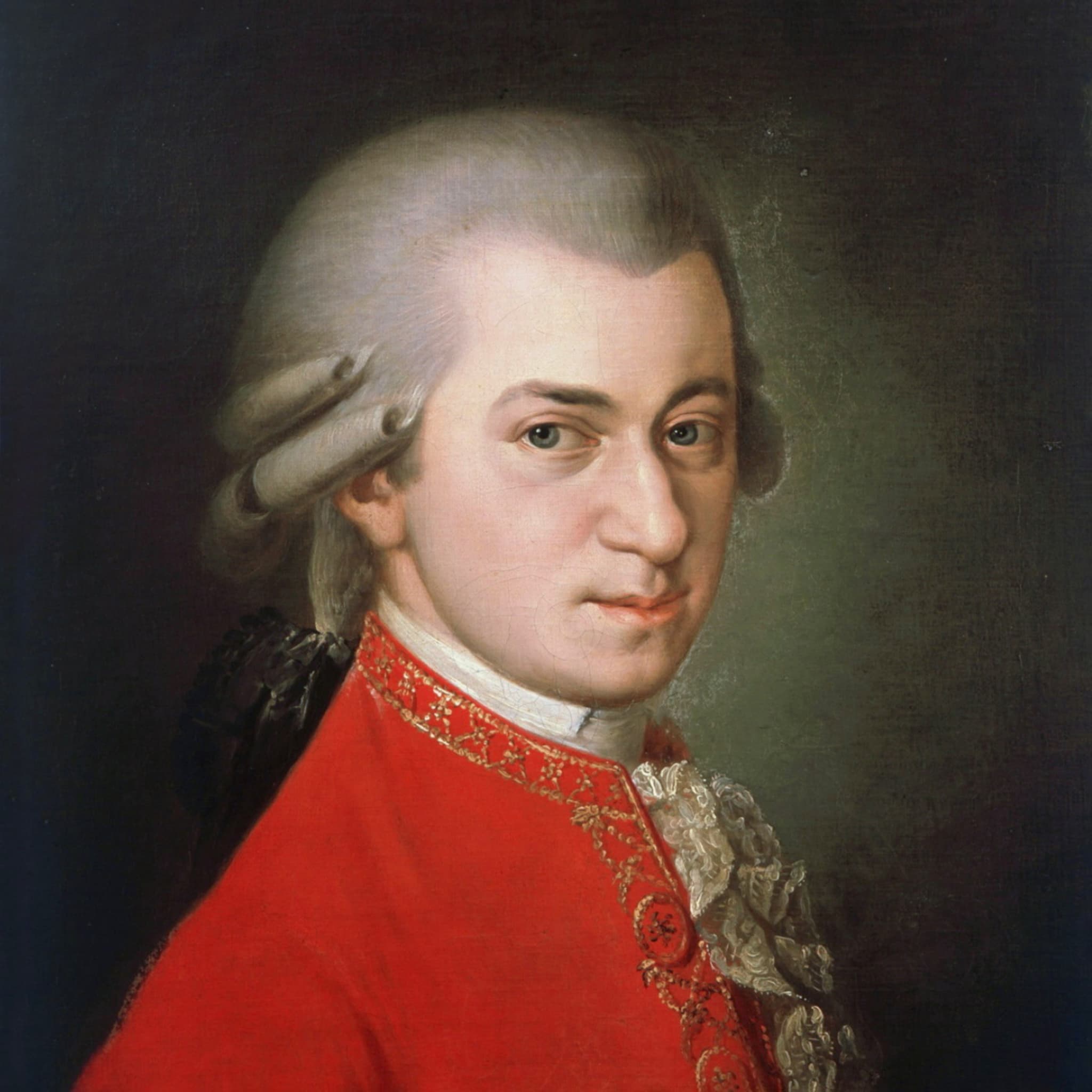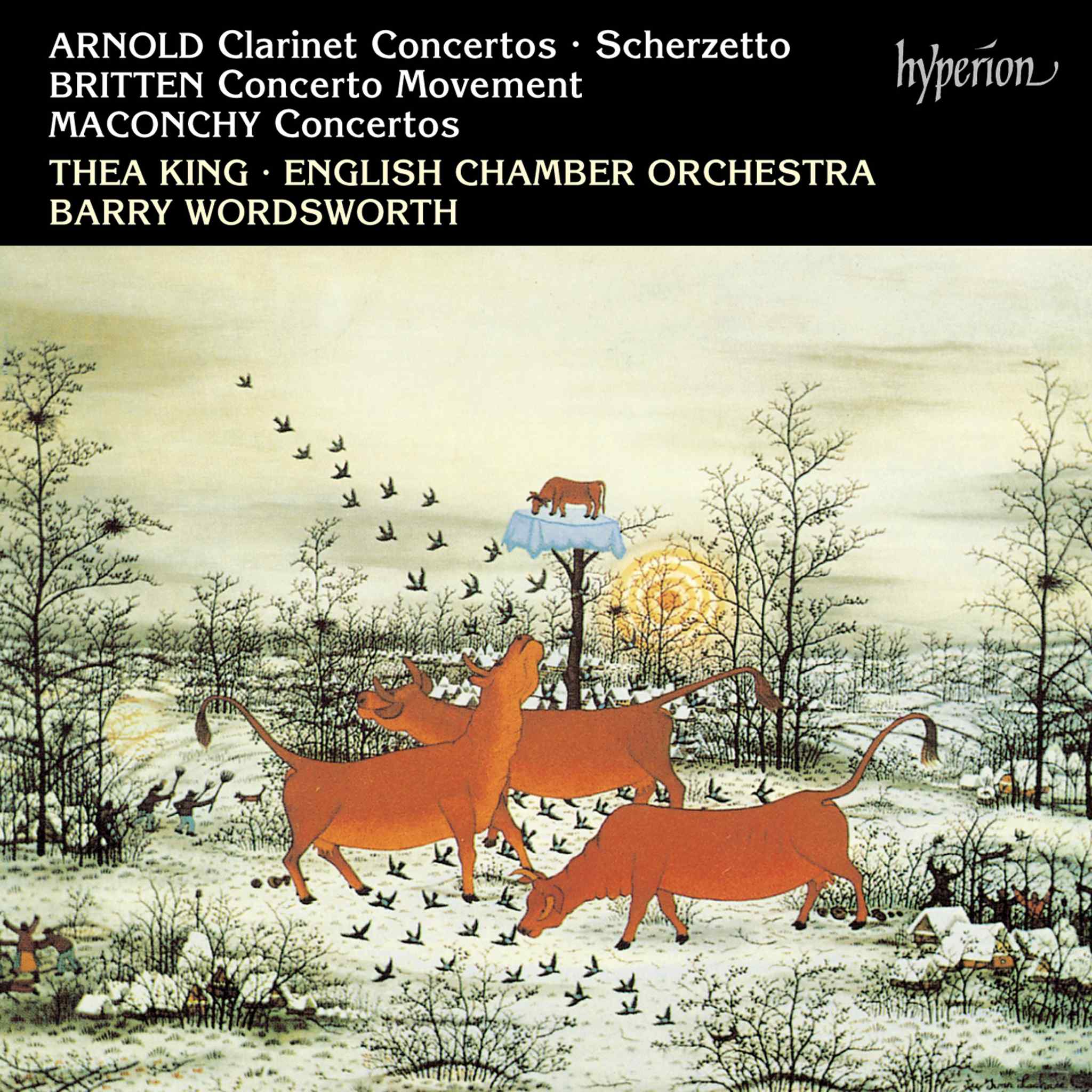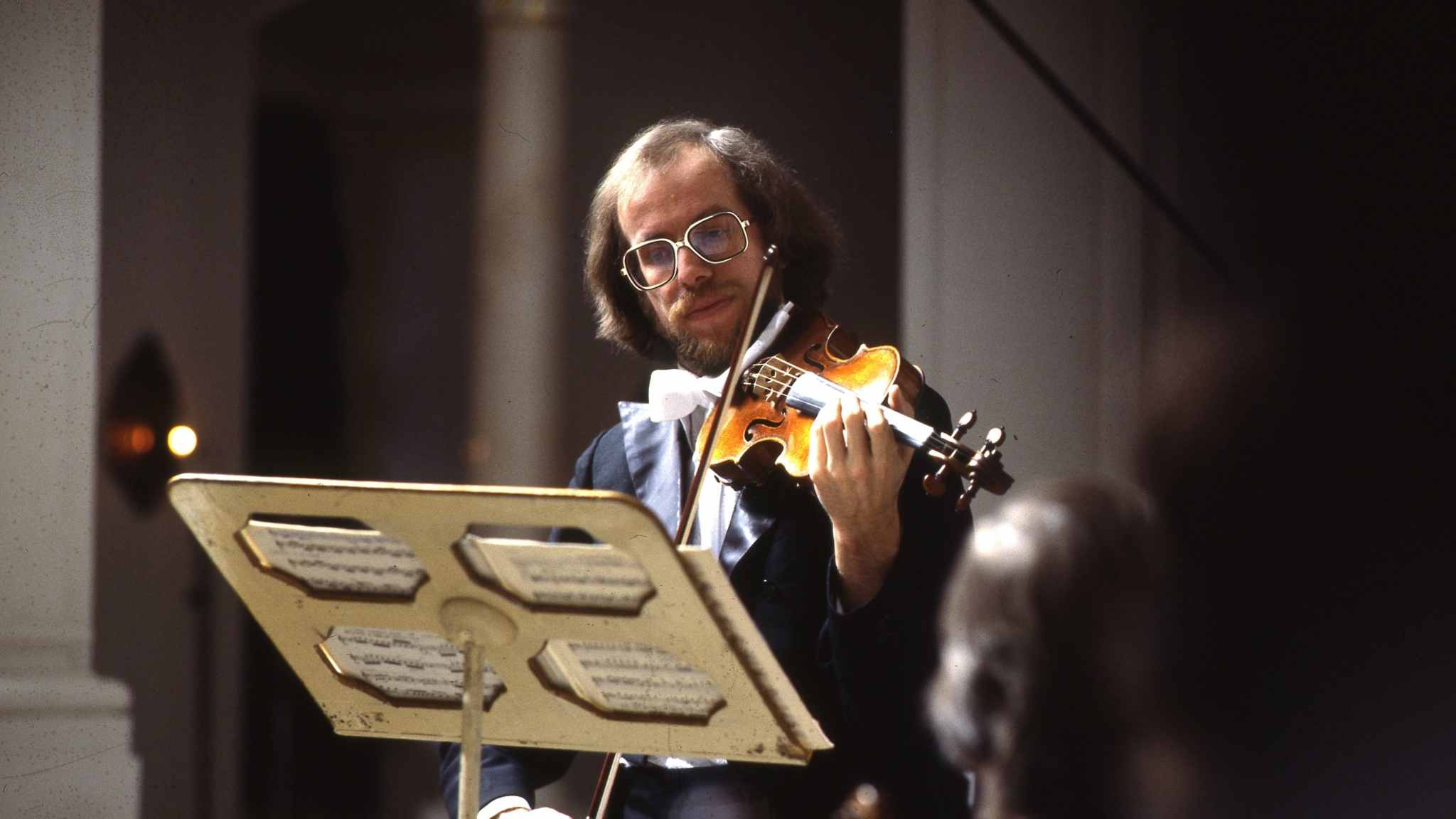Album insights
Chopin stands out as a unique figure in the history of piano playing and composition. Celebrated by his peers, successors, and prominent pianists and composers of the Golden Age, his genius left a lasting impact that transcended epochs. Described as an "Angel" by Balzac, "divine" by George Sand, and "God" by Liszt, Chopin possessed unmatched qualities as a contemplative individual, gentle artist, profoundly visionary musician, and master of conciseness and precision.
Emotionally a staunch Romantic but a Classical enthusiast, Chopin spent over half of his life in Warsaw, profoundly connected to the traditions, emotions, beauty, and melancholy of his Polish heritage. Expressing himself through traditional Polish dance forms like the Polonaise, Mazurka, Krakowiak, and Kujawiak, he maintained his Polish identity throughout his life. Immersed in Polish affairs even as an expatriate in Paris, he valued his heritage as a source of spiritual grounding and personal identity.
Chopin's artistry demands a deep understanding of structures, coupled with high-level pianism, improvisation, and rhythmic flexibility to recreate his compositions authentically. Embodying Liszt's advice on Rubato, Chopin employed this technique deliberately, akin to pedaling. His mastery of the pedal added depth and resonance to his music, significantly influencing the atmospheric quality of his pieces. Musical interpretations of Chopin should honor the singular focus on a single climax within each piece. The left hand in his compositions plays a crucial role similar to that of the second violins or violas in a classical orchestra, upholding the musical structure with sensitivity and nuance.
Chopin's approach to musical energy differed from physical energy, allowing for interpretative freedom within his works. Each performance carried a unique essence, balancing delicately between suggestion and impression. The Scherzos, especially the first and fourth, speak volumes of Chopin's emotional depth and contemplation. Careful tempo consideration is vital in uniting the diverse sections of his compositions into a cohesive whole without sacrificing coherence.
The enigmatic quality of Chopin's music lies in its dynamic interpretations and his unique use of Rubato, creating a delicate balance between precision and emotional expression. Capturing the essence of his music requires a nuanced understanding and a deep appreciation of his artistic vision.











